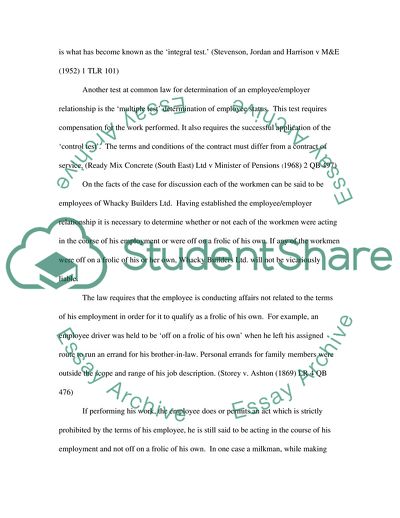Cite this document
(Vicarious Liability Assignment Example | Topics and Well Written Essays - 2500 words - 3, n.d.)
Vicarious Liability Assignment Example | Topics and Well Written Essays - 2500 words - 3. https://studentshare.org/law/1705132-business-law
Vicarious Liability Assignment Example | Topics and Well Written Essays - 2500 words - 3. https://studentshare.org/law/1705132-business-law
(Vicarious Liability Assignment Example | Topics and Well Written Essays - 2500 Words - 3)
Vicarious Liability Assignment Example | Topics and Well Written Essays - 2500 Words - 3. https://studentshare.org/law/1705132-business-law.
Vicarious Liability Assignment Example | Topics and Well Written Essays - 2500 Words - 3. https://studentshare.org/law/1705132-business-law.
“Vicarious Liability Assignment Example | Topics and Well Written Essays - 2500 Words - 3”. https://studentshare.org/law/1705132-business-law.


